SEOptimer Tool Keyword Consistency
Your website’s main keywords are not distributed well across the important HTML Tags of your website.Your page content should be focused around particular keywords you would like to rank for. Ideally these keywords should also be distributed across Tags such as the Title, Meta and Header Tags.
It would appear the SEOptimer SEO tool simply counts usage of words and assumes the most frequent keywords based on basic keyword density are what the webpage is optimised for: it’s keywords.
So in my SEO Gold homepage example the page was optimised for these keywords according to the SEO tool:
- seo
- marketing
- how
Onpage SEO optimisation isn’t that simple, you can have relatively low keyword usage, low keyword density that’s highly targeted, so the SEOptimer output is highly misleading and not useful.
It’s far more about HOW a keyword is used rather than how often a keyword is used, keyword density is irrelevant.
For example this phrase “SEOptimer Keyword Consistency Review” includes keywords I’d like this webpage to rank for. Clearly to rank for these keywords and semantically relevant derivatives of these words we have to use them in the content: that’s basic SEO 101. The title tag for this webpage is “SEOptimer Keyword Consistency Review”, that’s a major SEO PLUS for ranking for those words, there’s one H1 heading on this webpage and it’s a copy of the title tag which is again the exact phrase above.
Now look through this webpages content for those keywords, in the above paragraph alone the exact phrase is used twice: the first time as strong (bold) body text, the second as basic body text.
SEO experts aren’t 100% sure if bold text is considered more important than body text, but we do know Google can sort of see what we see when it indexes a webpage and Google ranks based on what it sees!
I assume bold text is considered a little bit more important than standard body text, so I try to bold the keywords I want to rank for: don’t go OTT.
This webpage is a WordPress Image Attachment page (WordPress creates one for each image uploaded). My SEO theme adds the title tag as the images alt text (alt text is important SEO wise) and as the images Caption which is used below the image as a caption: the caption is just body text, so no more important than any other body text.
Already the exact phrase is within the title tag, image alt text, H1 heading, strong tag and multiple times as standard body text, that’s more than enough for good Google SEO copyrighting.
Now look for the keywords used in different ways like the image link below.
The important keyword SEOptimer is used as part of the images filename and the phrase SEOptimer Reviews as alt text, Google uses these as ranking factors.
Earlier in the text there’s a text link with anchor text “SEOptimer SEO tool simply counts usage of words”, so one of the keywords (SEOptimer) has been used as anchor text, anchor text is important to Google SEO.
We should also be trying to add synonyms of the important phrase, Google will appreciate these related words:
SEOptimer – Probably no synonyms, it’s a ‘brand’ name
Keyword – Maybe word will help
Consistency – density is a relevant synonym
Review – analysis, audit, check, inspection, report are all synonyms
Google is advanced enough to understand consistency could = density, review could = audit etc… we don’t have to use the exact keywords we are targeting, in fact it’s better to NOT be so precise with keyword usage: that’s how humans create content after all.
The above is why these SEO audit tools provide crude reports which do not reflect the actual quality of a piece of content SEO wise.
Back to the SEOptimer Review
All the red Xs suggest I need to put these keywords into the title tag, meta description tag and headings: that would be very bad SEO advice even if the tool guessed the correct keywords the page is targeting correctly.
Continue Reading SEO Analysis Tool

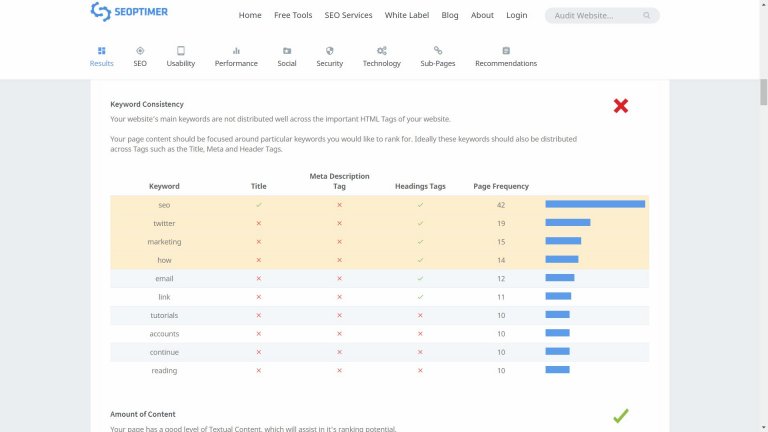
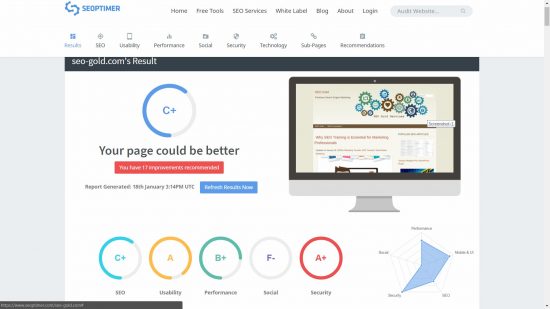



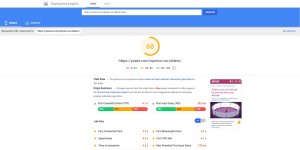
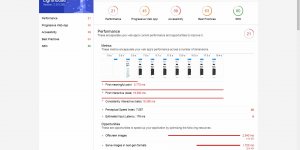
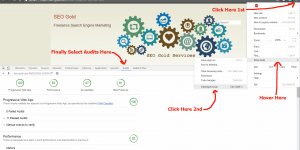
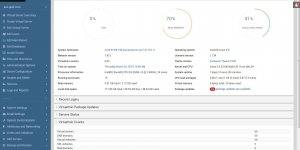
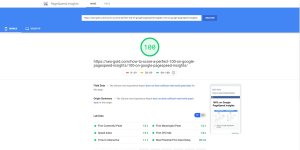
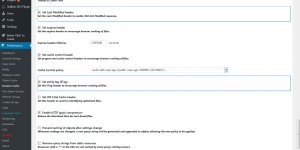
Hi Guys,
Adam from SEOptimer here. Thanks for the feedback.
Yes at present this is a fairly simple check that evaluates the most common words and phrases found on your page. Generally if you want to rank for a keyword or phrase, it should appear somewhere in this list.
We are in the process of adding new checks now that actually allow you to evaluate your copy against a target keyword or phrase of some kind.
Thanks
Adam